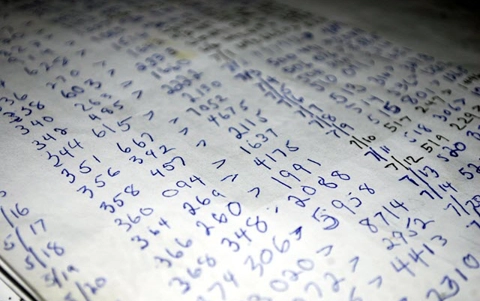Ciphering a sentence
A cipher is a message that has been written in such a way (encoded) that it is unreadable by others. In this lesson, students will use mapping to encode a sentence. Students will work with a partner to create an algorithm that describes the encryption process. They will also examine encoded and decoded messages to recognize patterns to help decode messages and develop strategies to decompose the problem.
Additional details
| Year band(s) | 3-4, 5-6 |
|---|---|
| Content type | Lesson ideas |
| Format | Web page |
| Australian Curriculum Digital Technologies code(s) |
AC9TDI4P01
Define problems with given design criteria and by co-creating user stories
AC9TDI4P02
Follow and describe algorithms involving sequencing, comparison operators (branching) and iteration
AC9TDI6P02
Design algorithms involving multiple alternatives (branching) and iteration |
| Technologies & Programming Languages | other programming languages |
| Keywords | Algorithm, Computational thinking, Secret messages, Encryption, Decryption, Cipher, Pattern recognition, Decomposition, Google for Education, Education, Google, GoogleCT |
| Integrated, cross-curriculum, special needs | English |
| Organisation | ESA |
| Copyright | Creative Commons Attribution 4.0, unless otherwise indicated. |
Related resources
-
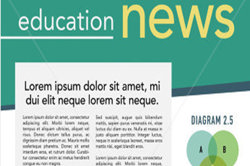
Home/School communications
In this lesson sequence, students use big data sets and school surveys, to design (and as an extension activity, make) a new digital communication solution for the school.
-
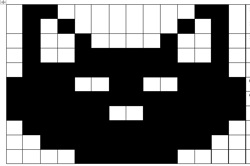
Using binary to create on/off pictures
In this sequence of lessons students develop an understanding of how computers store and send digital images and they are able to represent images in a digital format.
-

DIY micro:bit metal detector (Years 5-6)
This activity shows one way to incorporate Digital Technologies into a goldfields unit in an authentic way using a micro:bit.
-
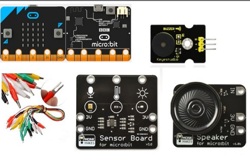
Classroom ideas: Micro:bit Environmental Measurement (visual programming) (Years 5-6)
This tutorial shows the coding needed for digital solutions of some environmental issues that can be created using pseudocode and visual programming.
-
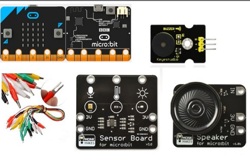
Classroom ideas: Micro:bit Environmental Measurement (visual and general-purpose programming) (Years 5-8)
Investigating environmental data with Micro:bits: This tutorial shows the coding needed for digital solutions of some environmental issues that can be created using pseudocode and visual programming.
-

Computational Thinking Unplugged
This site provides a structured lesson plan with activities designed to promote computational thinking.
-

Makey Makey Projects for Years 4-6
These lesson ideas demonstrate how to combine Makey Makey together with Scratch to create all sorts of interesting solutions with students, as well as teach the basics of circuity, conductive materials and algorithms.
-

Making "Sense" of Robot Sensors
In this lesson plan, students discuss the importance of senses and experiment using echolocation as an example.
